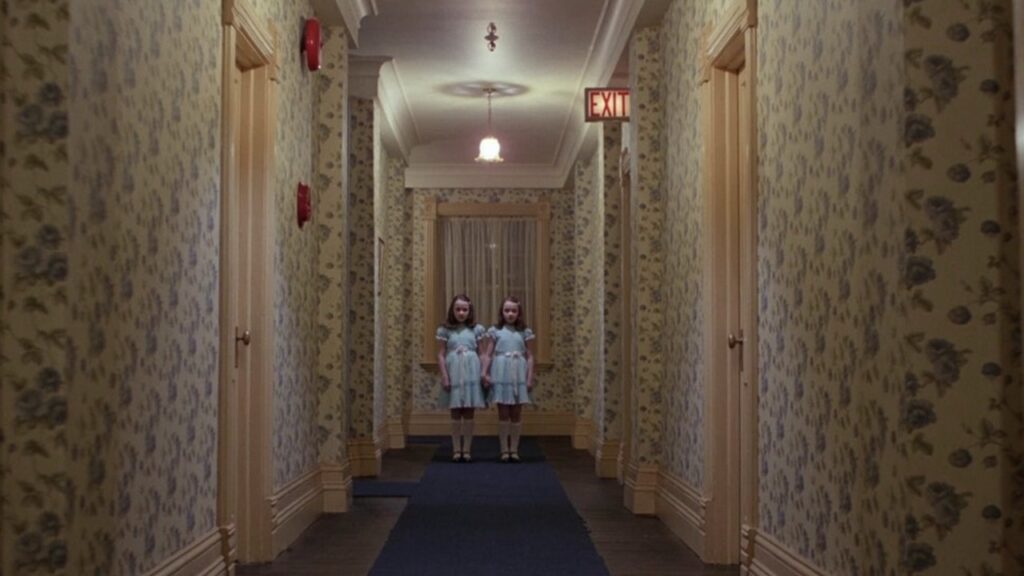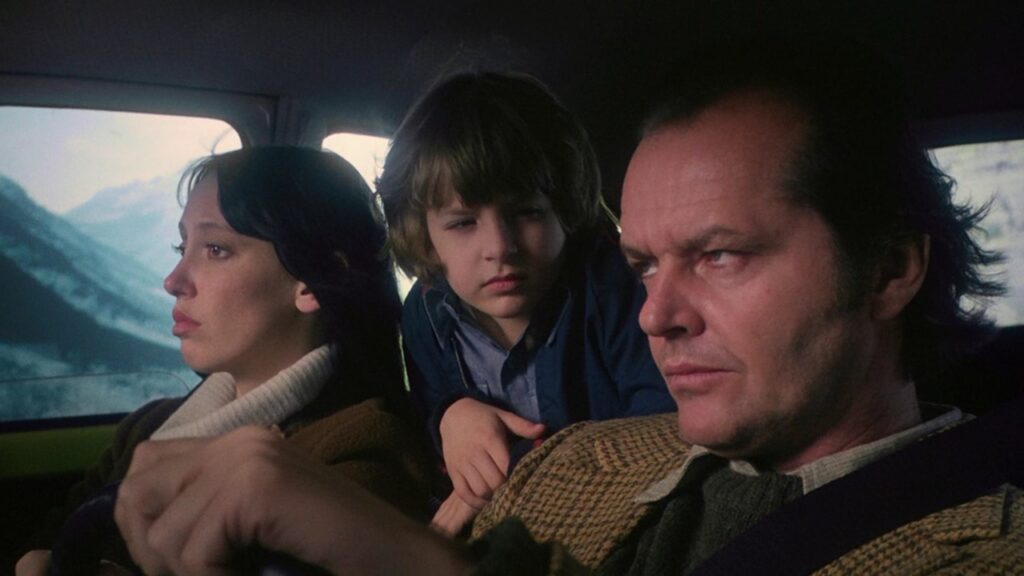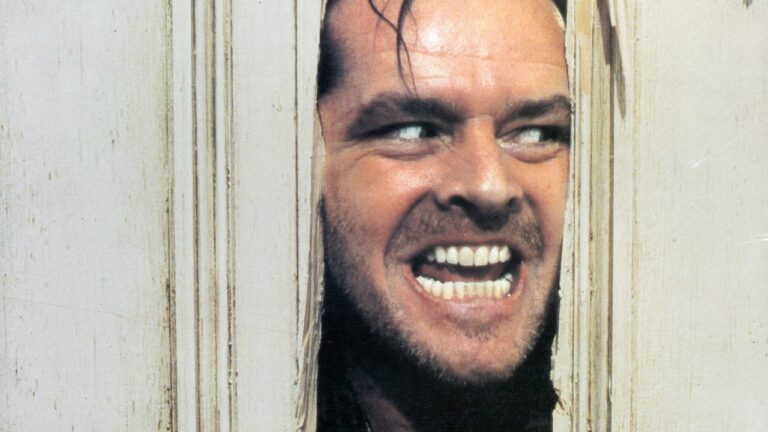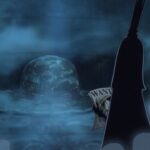Stanley Kubrick’s 1980 film ‘The Shining‘ remains one of those rare films that continue to divide audiences and critics decades after its release. Based loosely on Stephen King’s 1977 novel of the same name, it tells the story of Jack Torrance, a struggling writer who takes a job as the winter caretaker of the remote Overlook Hotel. He arrives with his wife Wendy and their young son Danny, whose psychic gift, “the shining,” allows him to sense the dark presence within the building.
While the film and the novel share the same outline, they are very different works in tone, intention, and perspective. King’s book is a family tragedy that examines love and addiction, while Kubrick’s film studies control, isolation, and the disintegration of the human mind. What we see in Kubrick’s version is not merely a haunted hotel but the gradual collapse of a man’s sanity.
The Terror of Recognition, Not Possession

When we compare the two, the most revealing difference lies in how Jack Torrance is portrayed. In King’s novel, Jack is a deeply wounded man. He is trying to rebuild his life after years of alcoholism and anger, a father who truly loves his family but cannot overcome his own temper and guilt. The hotel feeds on his insecurities, drawing him further into its influence until he loses all sense of self. In the novel’s ending, Jack regains a moment of love and clarity, urging his son to flee before the hotel’s boiler explodes. Kubrick’s Jack, however, as played by Jack Nicholson, appears unstable from the very beginning. His unsettling smile, sharp tone, and unpredictable energy suggest that the danger was already there before the family even arrived. It feels less as though the hotel corrupts him and more as though it exposes what was hidden beneath the surface. When he freezes to death in the hedge maze, there is no redemption, only silence.
Wendy Torrance undergoes a similar transformation in adaptation. In King’s version, she is intelligent, self-reliant, and emotionally complex. Her painful childhood with a controlling mother has made her protective and strong. In Kubrick’s film, Shelley Duvall’s Wendy seems far more vulnerable. Her nervous energy and frightened expressions make her appear trapped within her husband’s world long before the hotel begins to influence them. This change alters how we understand the story. Instead of witnessing a woman fighting to save her family, we see someone struggling to comprehend the danger closing in around her.
The Overlook Hotel stands at the heart of both versions, and it is here that the two visions part most clearly. In King’s novel, the hotel is openly malevolent, filled with ghosts and memories that demand recognition. It craves Danny’s psychic ability and Jack’s surrender. Kubrick’s Overlook feels colder, more ambiguous. The symmetrical corridors, empty halls, and quiet repetition of color and pattern create a sense of unease without revealing the cause. We are never sure whether the evil lies within the building or within Jack himself. Kubrick never resolves this, leaving the question to echo long after the credits fade.
Danny’s psychic power, “the shining,” is another place where the film diverges from the book. In King’s story, it connects Danny to Hallorann, the hotel’s cook, who shares the same ability and returns to help the family. In the film, Hallorann’s role is shorter and more tragic; he travels back only to be killed almost immediately. The focus shifts away from the supernatural and toward perception itself; the ability to see what others cannot. Danny’s “shine” becomes less a gift of power and more a kind of awareness that allows him to endure what the adults around him cannot face.
The Horror of What Remains Unspoken

Kubrick’s decision to replace the novel’s moving topiary animals with a hedge maze reflects his interest in psychological rather than supernatural terror. The maze mirrors the human mind: structured, intricate, but ultimately confining. When Jack pursues Danny through its snow-covered passages, the film draws inward, closing upon the father’s final moments. The snow falls quietly as he freezes, leaving only stillness behind. The last image, a photograph from 1921 showing Jack among a crowd of party guests, turns the entire film into a mystery. Has time repeated itself, or has Jack always been a part of the hotel’s history?
Stephen King has often voiced his disappointment with Kubrick’s adaptation. He felt the film stripped away the heart of his story, replacing its emotion and warmth with detachment. To him, the novel was about the destruction of a family by addiction and guilt, while the film reduced it to an abstract study of madness. Many viewers share his view, yet others believe Kubrick’s restraint is precisely what makes the film so haunting.
In the end, what makes The Shining endure is its refusal to offer clear answers. King’s version gives us redemption and tragedy, while Kubrick’s gives us ambiguity and silence. Both explore what happens when love, fear, and solitude turn against each other. Perhaps the true horror lies not in ghosts or curses but in the quiet recognition of our own capacity for destruction. And as the snow settles over the empty halls of the Overlook, we are left to wonder whether its evil ever truly vanished, or whether it waits patiently for the next soul who believes they can master it.




